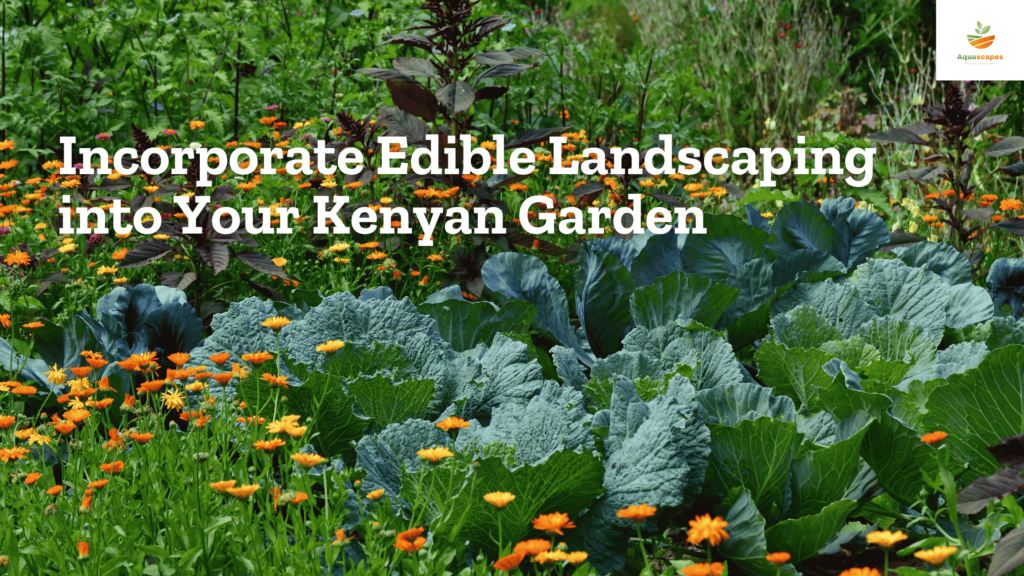How to Incorporate Edible Landscaping into Your Kenyan Garden

Introduction to Edible Landscaping
Edible landscaping combines beauty and functionality by integrating food-producing plants into your garden. This approach enhances sustainability while providing fresh, organic produce for your household.
Selecting the Right Edible Plants
Choose plants that thrive in Kenya’s climate. Popular options include fruit trees like mango, avocado, and papaya, as well as vegetables such as kale, spinach, and tomatoes. Herbs like basil, rosemary, and coriander add flavor and fragrance to your landscape.
Blending Aesthetics with Functionality
Arrange edible plants in a visually appealing manner. Use raised beds, trellises for climbing crops, and interplant flowers with vegetables to create a lush, colorful garden. Companion planting improves growth while enhancing the garden’s beauty.
Maximizing Space with Vertical Gardening
For small gardens, vertical gardening is an excellent solution. Grow climbing crops like passion fruit, beans, and cucumbers on trellises or walls. Hanging baskets with strawberries or herbs save space while adding charm.
Incorporating Fruit Trees and Shrubs
Fruit trees provide shade, beauty, and delicious harvests. Dwarf or grafted varieties are ideal for limited spaces. Shrubs like gooseberries and mulberries act as natural fences while offering edible produce.
Using Pathways and Borders for Edible Plants
Line pathways with low-maintenance herbs like thyme and oregano. Edible ground covers such as sweet potatoes or creeping strawberries enhance aesthetics while serving a practical purpose.
Ensuring Soil Health and Sustainability
Healthy soil is key to successful edible landscaping. Use organic compost, mulch, and natural fertilizers to enrich the soil. Crop rotation and companion planting help maintain soil fertility and reduce pests.
Water Management for Edible Gardens
Efficient irrigation ensures plant health while conserving water. Drip irrigation, rainwater harvesting, and mulching help retain moisture, making your garden more sustainable.
Creating a Pollinator-Friendly Environment
Bees and butterflies improve fruit and vegetable yields. Incorporate flowering plants like sunflowers, lavender, and marigolds to attract pollinators and boost productivity.
Maintaining an Eco-Friendly Garden
Avoid chemical pesticides and herbicides. Instead, use organic pest control methods like neem oil, companion planting, and introducing beneficial insects to protect crops naturally.
Conclusion
Edible landscaping transforms your Kenyan garden into a productive, sustainable, and visually appealing space. By integrating fruits, vegetables, and herbs, you create a functional landscape that enhances both beauty and food security.
Thank you for reading our blog!
At Aquascapes, we specialize in transforming outdoor spaces into breathtaking landscapes. From garden design and maintenance to creative water features and hardscaping, our team is dedicated to bringing your vision to life. With over a decade of experience, we pride ourselves on reliability, affordability, and meticulous attention to detail.
Contact us today at +254 725 144017 or hello@aquascapes.garden to start your landscaping journey. Explore more of our services and projects at www.aquascapes.garden.